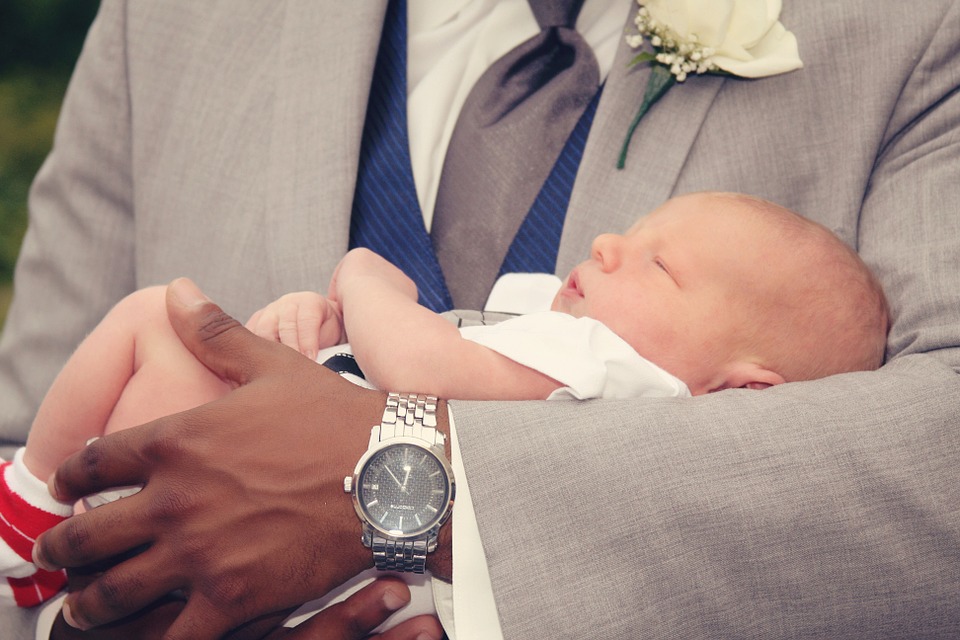2019-03-22

Have you ever noticed that children are mostly carried on the left body side of the parent? This lateral preference in infant cradling has been scientifically investigated for 60 years, but influential factors underlying this bias have remained largely unknown due to inconsistent experimental designs and low sample sizes. Luckily, meta-analyses resolve such issues, so we analyzed the entire body of literatur on this topic and generated three major findings on the cradling bias: (1) approximately 69% of all adults prefer to cradle children on the left. (2) Right-handed people have a stronger left-sided preferences than left-handed people. And (3), women have a stronger left-sided preference compared to men. These findings complement recent hypotheses on motor and emotional biases on the laterality of social touch in humans. And if you find yourself holding a baby next time, pay attention to your holding side. It might just tell you something about your feelings!

Have you ever noticed that children are mostly carried on the left body side of the parent? This lateral preference in infant cradling has been scientifically investigated for 60 years, but influential factors underlying this bias have remained largely unknown due to inconsistent experimental designs and low sample sizes. Luckily, meta-analyses resolve such issues, so we analyzed the entire body of literatur on this topic and generated three major findings on the cradling bias: (1) approximately 69% of all adults prefer to cradle children on the left. (2) Right-handed people have a stronger left-sided preferences than left-handed people. And (3), women have a stronger left-sided preference compared to men. These findings complement recent hypotheses on motor and emotional biases on the laterality of social touch in humans. And if you find yourself holding a baby next time, pay attention to your holding side. It might just tell you something about your feelings!